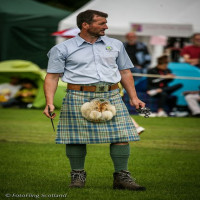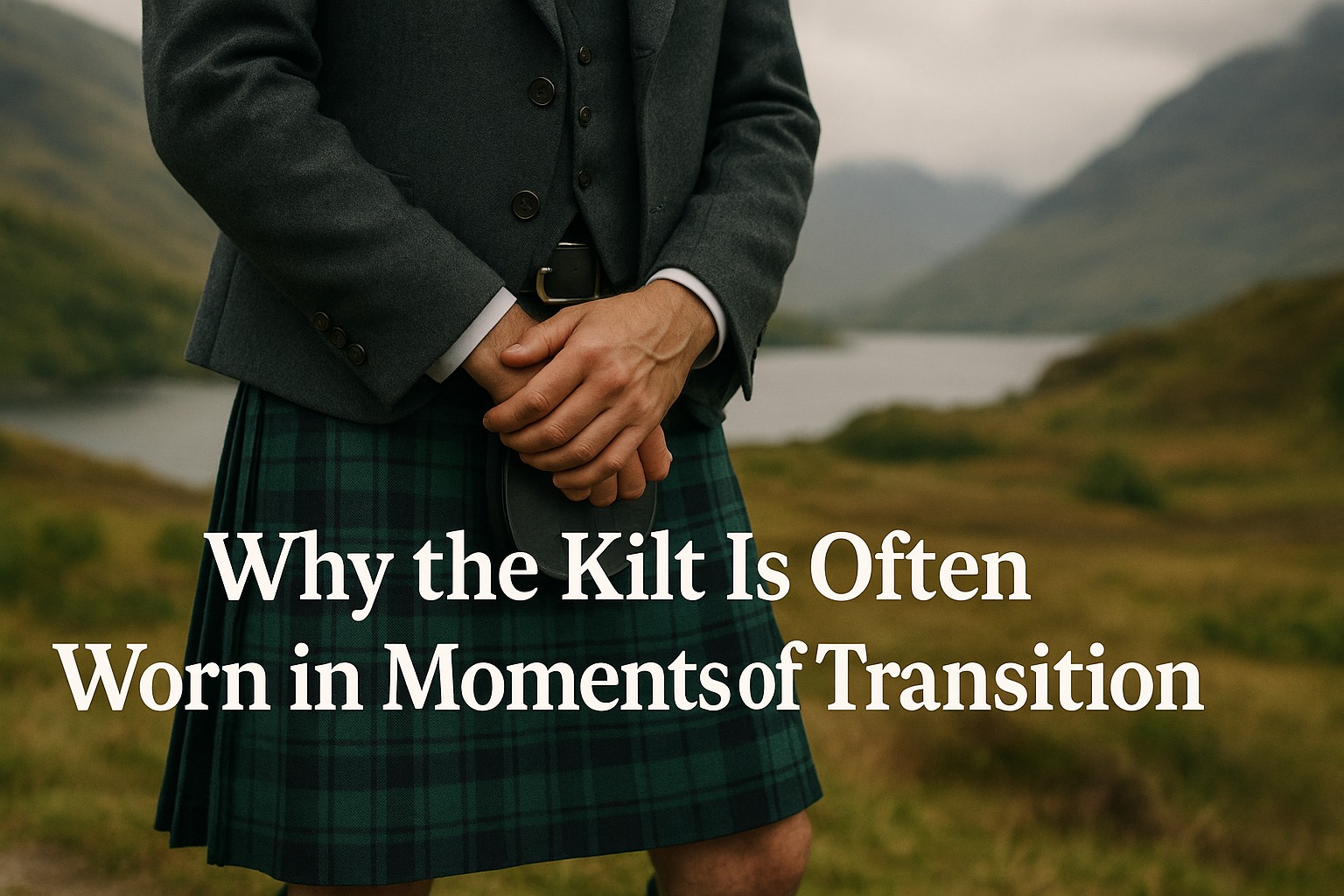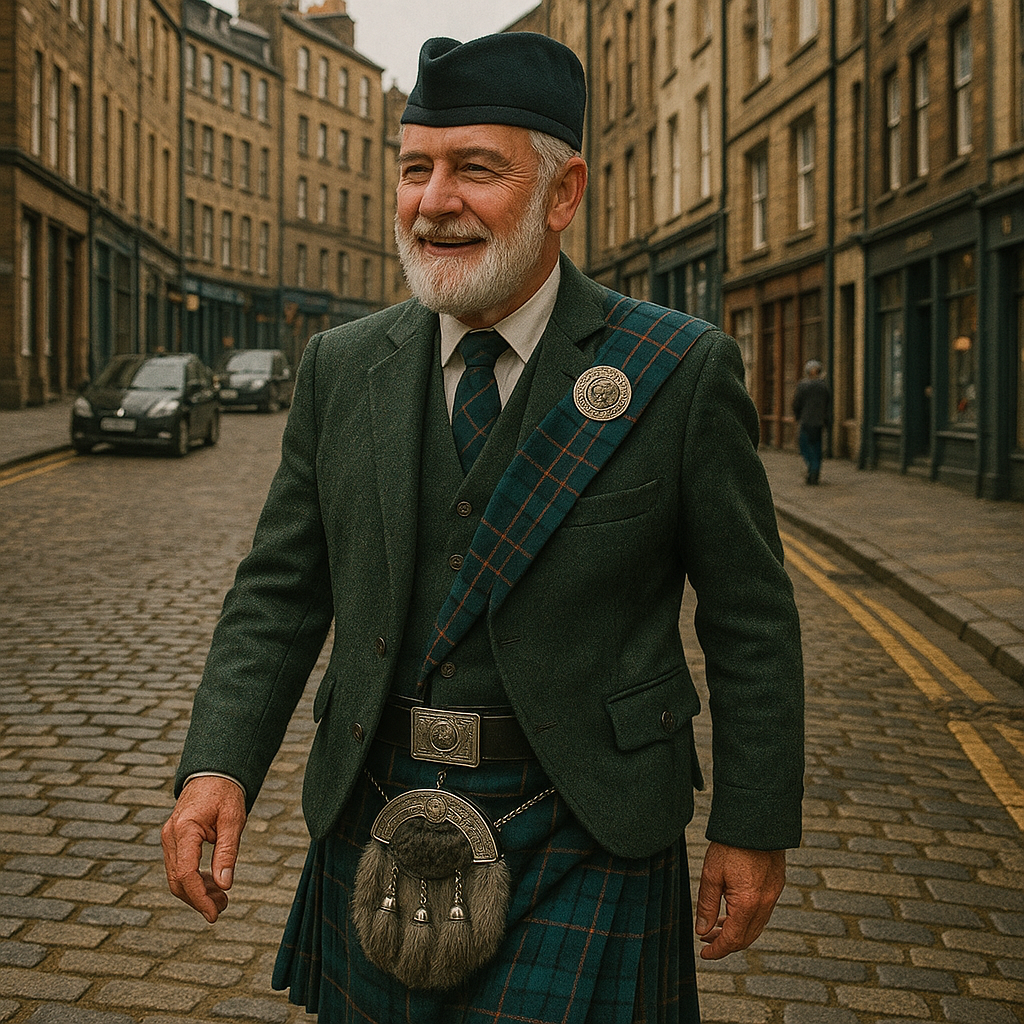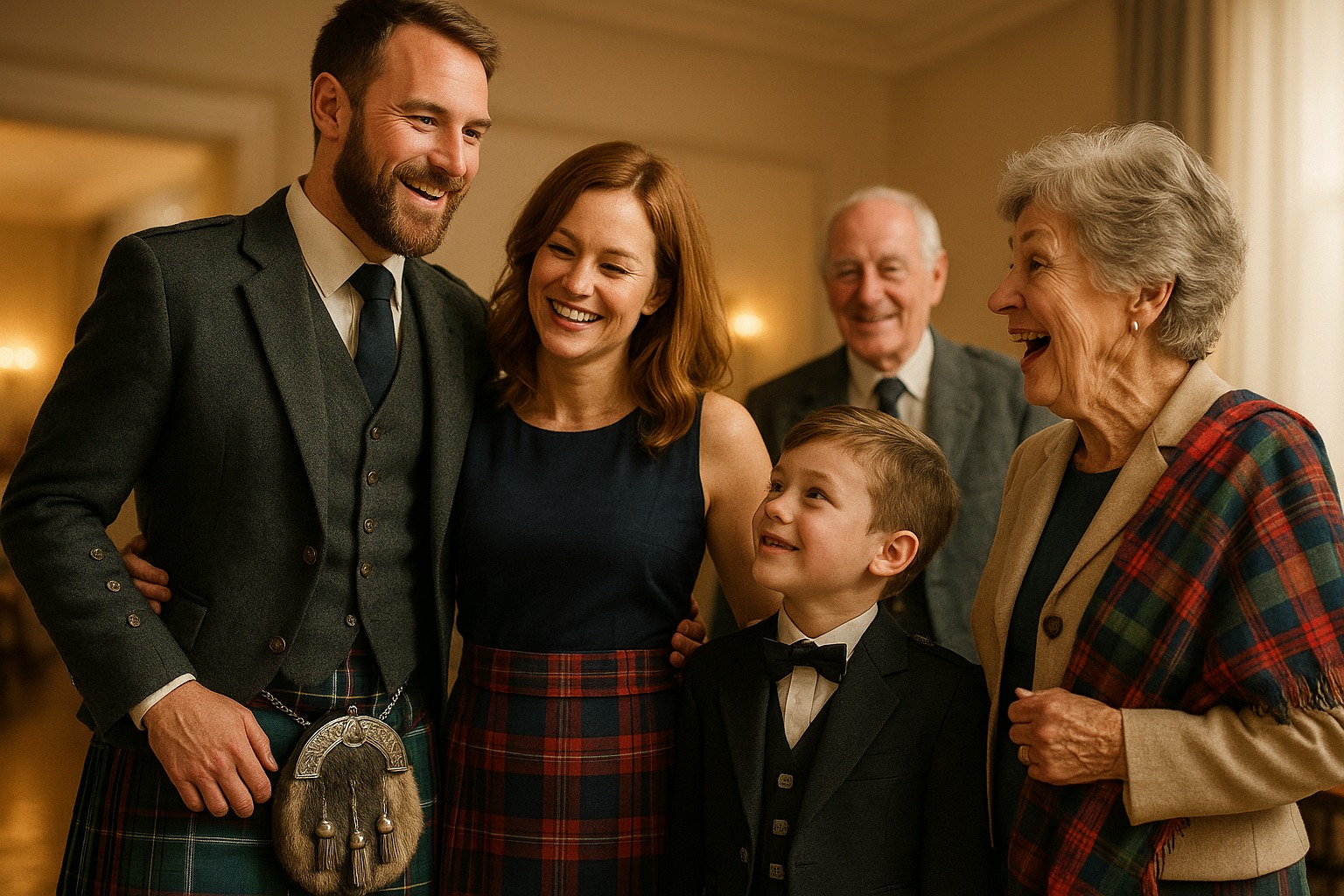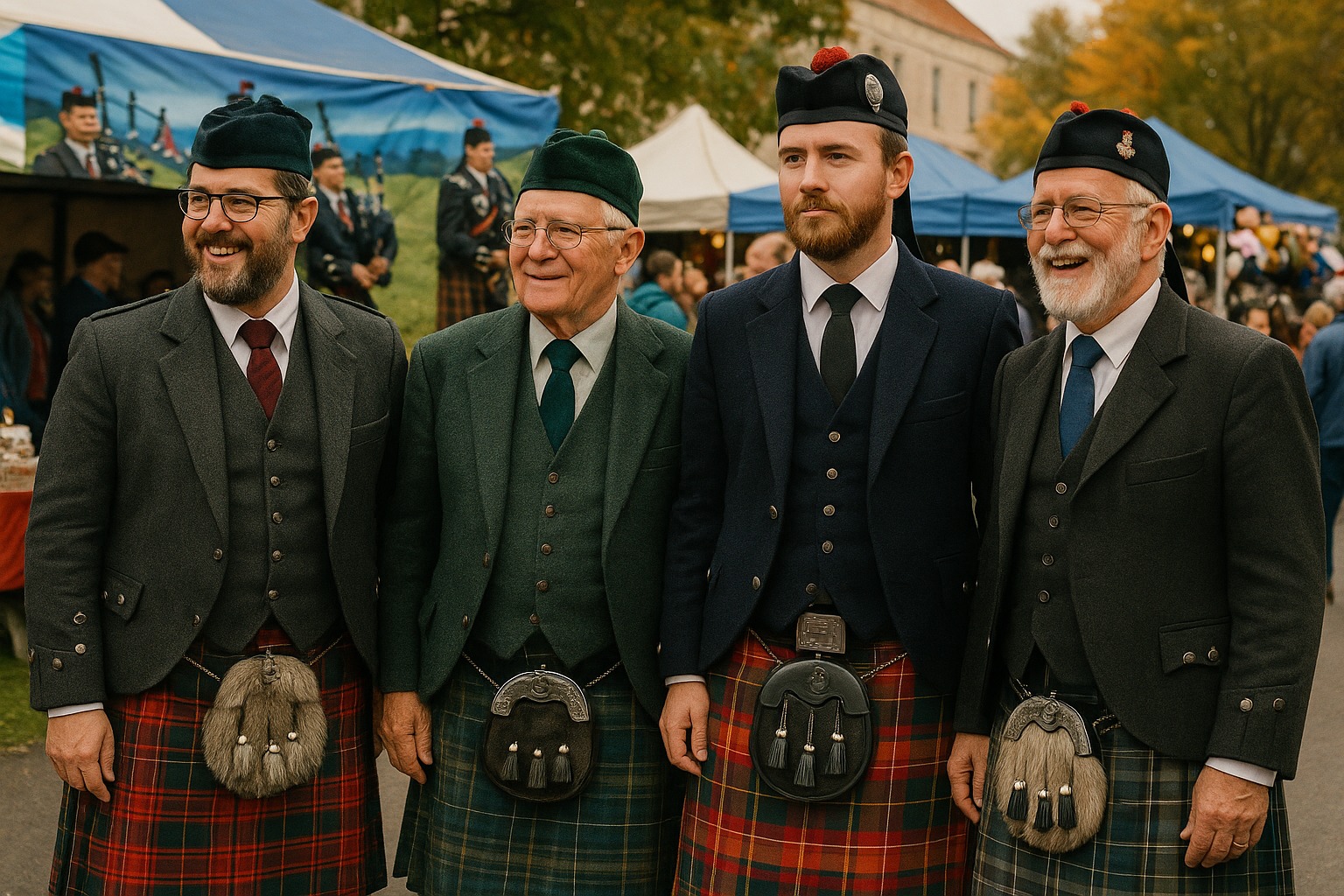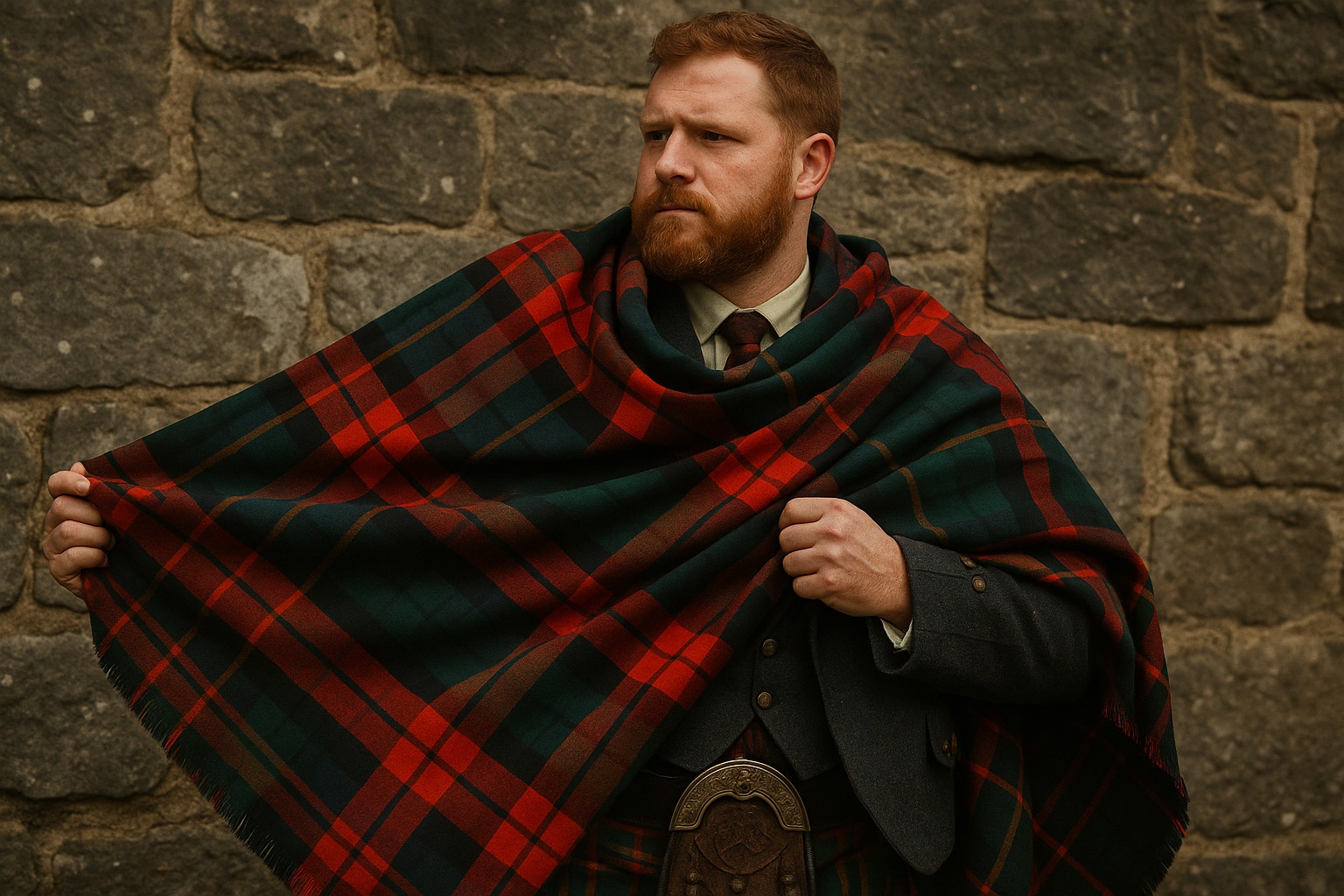The Evolution of Kilt Styles: From Traditional to Contemporary Designs

Strong 8k brings an ultra-HD IPTV experience to your living room and your pocket.
The kilt is one of the most iconic garments in history, symbolizing Scottish heritage, pride, and individuality. Originating in the 16th century, kilts were initially worn as a practical solution for Highland warriors, offering warmth, flexibility, and ease of movement. Over time, kilts evolved beyond their cultural roots, finding their way into formal attire, military dress, punk fashion, streetwear, and even gender-fluid fashion trends.
In 2025, kilt styles continue to push boundaries, with modern designers reimagining this timeless piece while still honoring its traditional elements. This article explores the journey of kilts from their historical origins to contemporary fashion, highlighting the most significant transformations and trends shaping today’s kilt styles.
________________________________________
The Origins of the Kilt: A Historical Perspective
Kilts date back to the 16th century, originating in the Scottish Highlands. Initially, these garments were known as “féileadh mòr” or the great kilt, a full-body woolen garment that could be draped over the shoulders and adjusted for different weather conditions.
Key Features of the Early Kilt:
• Made from thick wool to withstand harsh climates.
• No fixed pleats—the wearer manually folded the fabric before fastening it.
• Often belted at the waist and extended into a cloak or blanket for warmth.
By the 18th century, the modern version of the kilt began to emerge. This was a shorter, tailored version known as the “féileadh beag”, or small kilt, which featured permanent pleats and a more structured design.
________________________________________
19th and 20th Century Kilts: From Military Uniforms to Cultural Symbols
The 19th and 20th centuries saw the kilt evolve beyond a purely practical garment. The British military incorporated kilts into their Highland regiments, reinforcing their status as a symbol of bravery and Scottish identity.
How Kilts Became Formal Wear
• By the Victorian era, kilts were primarily worn during formal occasions, weddings, and royal ceremonies.
• The introduction of Prince Charlie jackets, sporrans, and knee-high socks established the classic Highland dress.
• Clan tartans became standardized, with each tartan pattern representing a particular family lineage or geographical region.
The kilt also gained popularity outside of Scotland as a cultural and ceremonial garment, worn during parades, Highland games, and national events.
________________________________________
The Punk Revolution: Kilts in Counterculture
By the late 20th century, kilts were no longer just a symbol of tradition and heritage—they became a statement in punk fashion and rebellion.
Kilts in Punk and Alternative Fashion
• Vivienne Westwood and other designers introduced tartan kilts into punk culture, pairing them with ripped T-shirts, leather jackets, and combat boots.
• Punk musicians like The Sex Pistols and The Clash adopted kilts as part of their anti-establishment image.
• This non-traditional use of kilts led to a more diverse and experimental approach to styling them.
The rise of kilts in alternative subcultures showcased their versatility, proving that they could be more than just a ceremonial garment.
________________________________________
Contemporary Kilt Designs: A Fusion of Tradition and Innovation
In 2025, kilts have taken on new life in mainstream fashion, blending tradition with innovation. Here’s how modern kilt designs have evolved:
1. The Utility Kilt: Function Meets Fashion
• Unlike traditional wool kilts, utility kilts are made from cotton, denim, and synthetic blends, making them lightweight and practical.
• They feature cargo pockets, belt loops, and reinforced stitching, making them ideal for casual wear, workwear, and outdoor activities.
• Popular among hikers, bikers, and tradespeople, utility kilts offer freedom of movement and comfort.
2. Hybrid Kilts: The Best of Both Worlds
• Hybrid kilts combine elements of traditional tartan kilts with modern fabrics and features.
• These kilts often have a traditional pleated back with a flat, tailored front.
• Perfect for those who want to embrace heritage fashion with a modern twist.
3. Leather and Gothic-Inspired Kilts
• Dark and edgy, leather kilts have become popular in gothic, rock, and metal fashion.
• Often adorned with studs, chains, and buckles, these kilts push the boundaries of alternative styling.
• Leather kilts offer a rebellious and bold look, making them a staple in nightlife and concert fashion.
4. Gender-Neutral and Androgynous Kilts
• With the rise of gender-fluid fashion, kilts are being designed to transcend traditional gender norms.
• Designers are introducing softer silhouettes, lightweight materials, and versatile lengths to appeal to a broader audience.
• Celebrities like Harry Styles, Jaden Smith, and Ezra Miller have helped normalize kilts as gender-neutral fashion.
5. Sports and Activewear Kilts
• Athletic kilts, made from breathable, sweat-wicking materials, are now popular among runners, martial artists, and fitness enthusiasts.
• These kilts provide maximum movement without the restrictions of trousers.
• Worn in highland sports, marathons, and even MMA, active kilts are changing the way people view this garment.
________________________________________
The Influence of Kilts in High Fashion
Luxury designers have embraced kilts in a big way, integrating them into runway collections and red carpet looks.
Notable Designers Who Have Featured Kilts
• Alexander McQueen (known for incorporating kilts in avant-garde runway designs).
• Jean Paul Gaultier (infused kilts into haute couture menswear).
• Burberry and Gucci (modernized tartan kilts for both men and women in recent collections).
Fashion houses are proving that kilts can be both elegant and edgy, appealing to a luxury market while maintaining their cultural essence.
________________________________________
How to Style Kilts in 2025
No matter your personal style, there’s a way to incorporate kilts into your wardrobe. Here are some tips:
Casual Streetwear Look
• Pair a hybrid kilt with a hoodie and sneakers.
• Layer with a bomber jacket or oversized denim for an urban-inspired outfit.
• Opt for a neutral-colored kilt for versatility.
Business and Formal Attire
• Choose a tailored tartan kilt and pair it with a blazer and leather shoes.
• Opt for darker tartans like black watch or muted grays for a sophisticated aesthetic.
• Wear a minimalist sporran for a sleek, modern finish.
Edgy and Alternative Styling
• Go for a leather or punk-inspired kilt with combat boots.
• Add studded belts, ripped fishnets, or graphic tees for a rebellious touch.
• Consider a dark or plaid kilt to complement an alternative aesthetic.
Athleisure and Activewear
• Choose an athletic kilt with breathable material.
• Pair with a compression shirt or sleeveless hoodie for a sporty vibe.
• Rock high-top sneakers or running shoes for comfort.
________________________________________
Final Thoughts: The Future of Kilt Fashion
From its humble Highland beginnings to global fashion runways, the kilt has proven its versatility and adaptability. The fusion of heritage and innovation ensures that kilts will continue evolving, staying relevant for generations to come.
Predictions for Kilts Beyond 2025
• Smart Kilts: Integrated pockets for gadgets and hidden storage solutions.
• Sustainable Kilts: Made from recycled fabrics and eco-friendly materials.
• Tech-Enhanced Kilts: Self-cleaning and temperature-regulating kilts for maximum comfort.
As the fashion industry embraces individuality, inclusivity, and tradition, the kilt remains a timeless garment that continues to make a bold statement in both historical and modern fashion.
Note: IndiBlogHub features both user-submitted and editorial content. We do not verify third-party contributions. Read our Disclaimer and Privacy Policyfor details.

